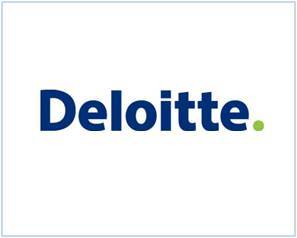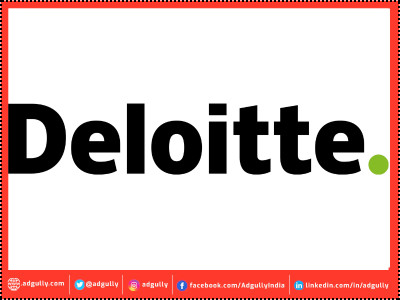Retailers have learned to succeed in emerging markets: Deloitte Study
The Deloitte report states that retailers have learned to succeed in emerging markets like China and India as they significantly customize both their market models and product offerings to meet local needs and preferences. In addition, expect retailers to fully empower store and regional managers when developing marketing and sales plans, given the manager's better understanding of local consumer and community needs.
However, as the report states, the outlook for India is a bit cloudy as the economy is clearly slowing, following a period in which monetary policy was tightened to fight inflation. The problem is that, although the monetary tightening resulted in slower economic growth, it did not bring the inflation down. And because of this, policy makers are faced with the conundrum of slow growth with persistent inflation. As external trade is a modest share of GDP, Indian economy is relatively immune to the problems in the global economy.
As Rajan Divekar, Senior Director, Deloitte in India, states "The Indian retail sector offers significant potential for growth of modern trade but given the recent policy flip flop related to FDI in multi-brand retail, both global retailers as well as existing Indian organised sector retailers appear to have adopted a cautious `wait and watch' approach before committing fresh investments. Meanwhile, Indian retailers are customizing and fine tuning their business models across retail formats to ensure that there is a balance between store expansion and profitability. The recent liberalisation permitting 100% in single brand retail is a welcome sign especially for select luxury/niche retailers. "
An important fact that Deloitte's report highlights is that retailers may find some silver linings in this otherwise cloudy environment. One positive effect of slower global growth will be the continued dampening of commodity prices. For retailers, this means some improvement on the cost side of the ledger while retail price inflation in some economies presents an opportunity for improved profit margins, even in the context of slow top-line growth".
The Deloitte report further states that the foreign investments in multi brand retail, in the long- run would have a positive impact on India's economic growth. The move could lead to a rationalization of the supply chain, greater supply chain efficiency and greater effective spending power for consumers.
Also a worsening of the situation in Europe is not likely to have a big negative impact on India as the country's financial sector is not highly exposed to the troubles in European credit markets. Also, India's prospects are good as the country has a youthful population which bodes well for growth and consumer spending. In addition, India's capital markets have funnelled credit to entrepreneurs, contributing to growth. India does have obstacles however: these include a high degree of trade protection, continuing regulation of labour markets and uncertainty regarding the future of the FDI policy related to multi-brand retail.
Retail sector across the globe
While major retailers globally recorded sales growth of over 5 percent, profitability too improved, with net profit increasing to 3.8 percent in FY 2010, up from 3.1 percent in 2009. Nearly all of the companies that disclosed their bottom-line results (183 of 195) operated at a profit in FY 2010, and more than two-thirds of the reporting companies saw an improvement in their net profit margin. While this performance has been impressive, retailers will have been concerned by the deterioration in the global economy over the latter half of 2011 and the muted global outlook for 2012.
Though physical store openings in new countries increased this year, another popular method used by retailers to test new markets was to establish an online presence. Most leading retailers now operate across multiple channels (e.g., stores, catalogues, online, call centers, social networking, digital displays, mobile), but few understand how consumers are using and shopping across each of these channels and even fewer have a seamless, consistent, and comprehensive multichannel strategy.
The report also mentions that as consumers become savvier, they are increasingly taking charge of their shopping experience, identifying and exploiting many different sources of information and channels to optimize the different elements of their shopping journey.
In less than a few years, it is likely that consumers will expect to use a mobile device to get real-time inventory information about the closest stores or to order a product while in a store and have it delivered at home.
Since customers do not distinguish between channels, retailers will have to support seamless integration among all their channels, such as access to their full range of products, customer information, and order information. Thus in 2012, retailers will need to continue developing innovative multichannel solutions to meet these changing consumer expectations.













Share
Facebook
YouTube
Tweet
Twitter
LinkedIn